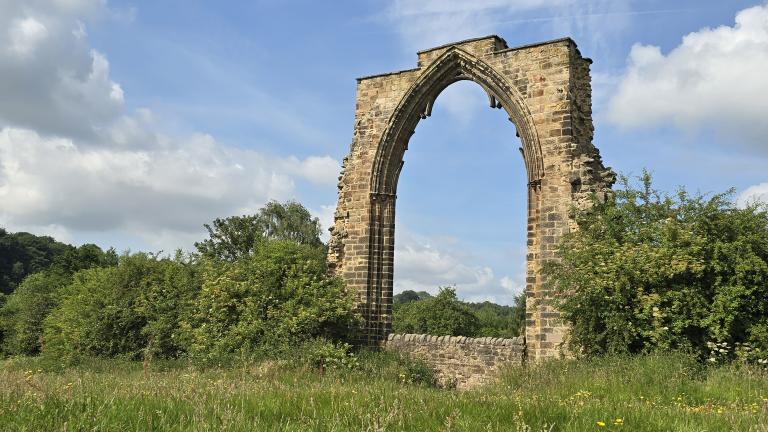One Derbyshire, two councils: have your say on the future of local government

A proposal drawn up by Derbyshire’s eight district and borough councils, together with Derby City Council, would see the 10 councils that provide services across the county replaced with two councils – one covering the north of the county, and one covering the south.
Now, people and organisations across Derbyshire are being asked for their views about the ‘One Derbyshire, two councils’ proposal as part of a public consultation running until 10 August 2025.
The decision to launch a local government reorganisation process was taken by central government, which wants to simplify how councils are organised across the whole of England and make them more efficient - reducing costs while delivering services that are better, and more joined-up.
The government asked local councils to work together to draw up initial proposals for their area and it is now time for local people to have their say, before proposals for Derbyshire are finalised and submitted to government later this year.
In a joint statement, the Leaders of Derbyshire’s eight district and borough councils, and city council, said: “The current structure of local government in Derbyshire dates back to 1974 and the way people live their lives has changed beyond recognition since then.
“Government has asked councils to work together to come up with plans which modernise and simplify council structures, so all services are run by single authorities and they’re easier for people, communities and businesses to deal with.
“Our proposal recognises that Derbyshire is a large county with differing needs – and in considering the options, we’ve put local people and places first.
“With one council covering southern Derbyshire and one covering northern Derbyshire, we believe we will have councils that are big enough to deliver efficient services, but close enough to listen and respond to the needs of our communities.
“We know local identity – at both a county and area level – is really important to people. The proposal for two councils will maintain our county’s historic border, including the city of Derby, which is a key centre of economic growth. And although the council boundaries will no longer exist in the way they do now, our communities and places will remain – that sense of belonging is about the people who make up a community, not lines on a map.
“We now want to hear from people and organisations across our communities. This is your chance to help shape how services will be delivered in your local area, and how your place fits into the wider plans for Derbyshire.”
In places like Derbyshire, local services are currently delivered under what is known as a ‘two-tier’ council structure.
This means that some services are delivered by a borough or district council, and others are provided by Derbyshire County Council. Within Derbyshire, there is also Derby City Council which is a ‘unitary’ council providing all services to the communities it serves.
Between them, these councils are responsible for a vast range of local services. The county council provides services like social care for children and adults, education and transport, while district and borough councils are responsible for services such as bin collections, planning, and leisure centres. Derby City Council provides all of these council services to the communities it serves.
Under the proposal, two new councils would be created, each responsible for delivering all services in their local area – one in the north and one in the south.
There are three possible options for how the area currently covered by Amber Valley Borough Council could be included in the new structure: placed entirely in the northern council, entirely in the southern council, or with different parishes joining each of the two councils, depending on where they may best fit.
Early forecasts* suggest that this new structure of local government in Derbyshire could save between £56m and £93m over five years, through reduced duplication of services, fewer council buildings, fewer councillors and senior officers, and being able to achieve better economies of scale when buying and delivering services. However, at this stage the councils are rightfully cautious and careful in relation to financial projections, as there remains much to be assessed and understood as the local government reorganisation process progresses.
The Leaders added: “Our proposal also supports a strong Derbyshire for the future - creating councils which can develop more strategic approaches to economic development, regeneration and county-wide infrastructure, while working closely and more efficiently with the new East Midlands Mayor and East Midlands Combined County Authority, which guides large-scale investment across Derbyshire and Nottinghamshire.”
The views of people and organisations will feed into the development of final proposals, which must be considered by existing councils and submitted to Government by 28 November 2025.
Government will then review the proposals for Derbyshire, and for twenty other county areas across England, before making final decisions in the Summer of 2026. If the Government accepts the proposals for Derbyshire, elections for the new shadow authorities would take place in 2027 and new councils would start to operate by April 2028.
Consultation closed.
